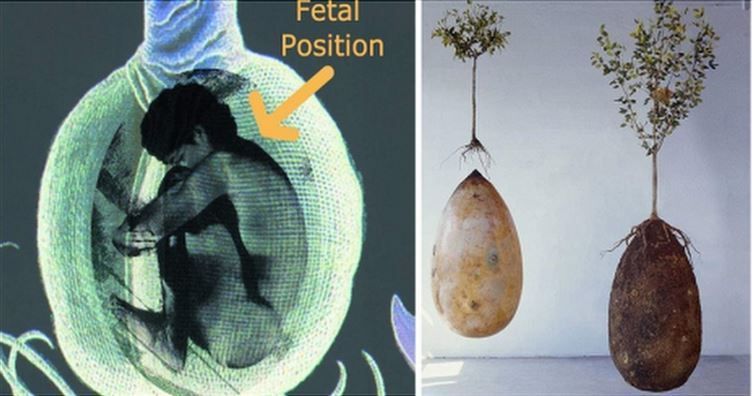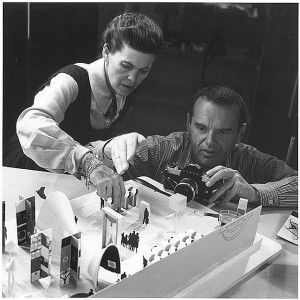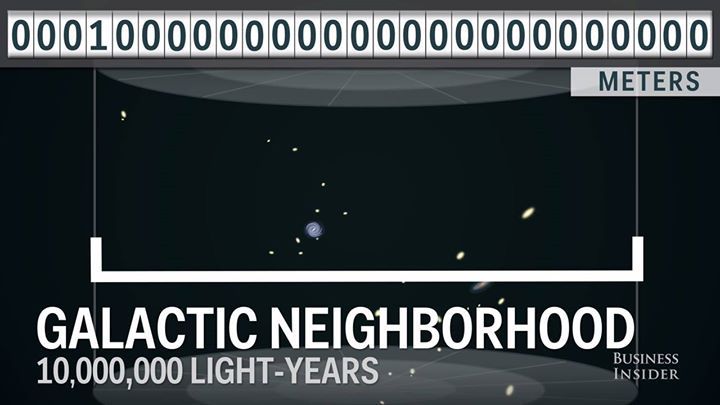Meeting the basic needs of humanity is increasingly brought into question as we begin to resemble a cancer to the living organism we inhabit. As mass extinction continues to become an omnipotent reality, it’s apparent that more humans equals more problems. To fix this, we have to approach them in the same way farmers do: with resiliency. Farmers try to nurture their crops and hope for the right season. Although, even the predictability of spring, summer and fall’s outcome can be misleading. Nature has a way of leading things in the exact opposite direction than they seem to be headed. And it is those who’ve treaded, but still embark that truly encounter the rewards. For if farmers were to give up after an adverse season, there’d be no food next year. There’d be no continuity of supply for society. There’d be no method of feeding the hungry. No solution to ease the growing population and its rising demands.
So, with exponential gain in human births this century, how do we combat such problems? One possible solution is to build “green skyscrapers” for the sole purpose of farming, where we are able to control the environment and have multiple levels of plant growth. This could be done by utilizing an array of mirrors to redirect sunlight to every floor, while supplementing with multi-spectral, energy-efficient LED’s. With advanced humidity control and water-recycling techniques, we’d contribute towards the global conservation of water and open up valuable land to reforestation — all through subjugating the unpredictability of nature. This ensures the utmost quality and care goes into producing local, high-quality food, with the added benefit of honing the technology needed for interplanetary colonization.











